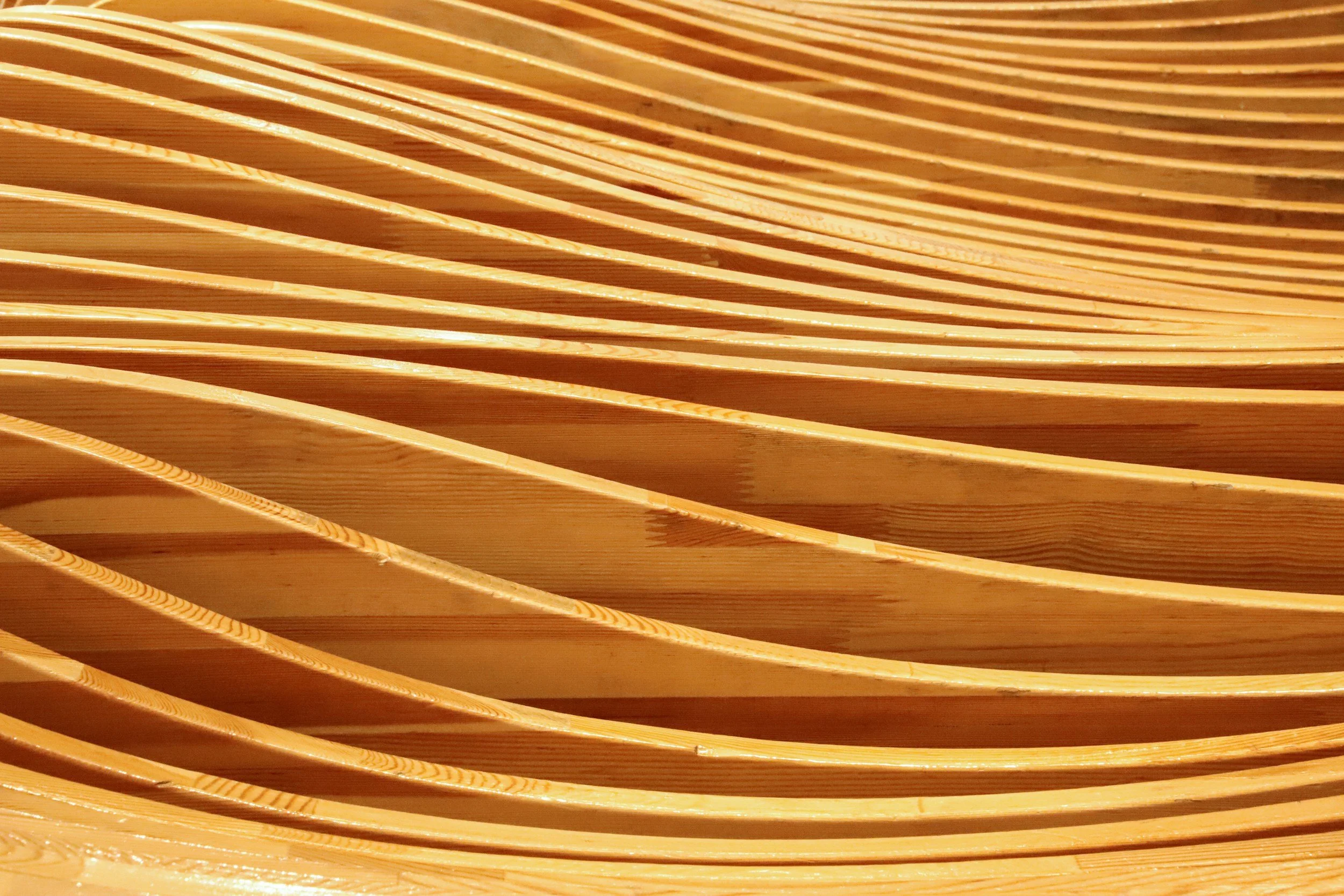Is using resin in woodwork sustainable?
While resins have been used throughout history as part of carpentry, there has been a dramatic increase in the use of resins in popular woodworking in the past few years. The increased popularity of the resin pour, in such forms as the river table, the half-resin serving board, and more has seen this once specialty process become part of the mainstream language of carpentry.
Resin absolutely has many uses and advantages in craft and woodwork, but rarely is the material discussed through the lens of sustainability.
At Among The Trees, we’re passionate about not only rescuing and reclaiming materials from the past, and ensuring that the things we build last for a long time, but that when they are no longer wanted, they are able to be reclaimed or reused once more.
What is resin?
At its most simple, resin is a liquid that, when mixed with a hardener (or curing agent), creates a solid plastic material.
There are three kinds of resins we’re talking about today.
Natural resins, often soluble in spirits and able to be used as varnishes
Synthetic resins (such as epoxy resin), an industrially produced material that becomes rigid once cured
‘Bio-resins’, a range of industrially produced eco-friendly synthetic resins
In this article, we’ll discuss each of these in detail - what they are, why they’re used, and some pros and cons for each.
Natural resins
Natural resins are derived from plants, as opposed to being derived from chemical synthesis. These resins often occur as a residue found on the outside of trees or other plants, or from deposits left on trees by insects.
An example of a natural resin is shellac, which is a natural material deposited on the outside of trees by the lac bug in India. Shellac is soluble in alcohol, and makes a beautiful finish for carpentry. Other examples of natural resins are amber (which is a fossilised substance derived from softwood trees) and linseed and tung oils.
Pros
Made from all-natural materials;
Useful in many different woodworking situations, especially as finishes.
Cons
Natural resins often cure very slowly, and don’t cure if in thick layers, so they are not useful for doing resin pours or as a thick cured layer.
Synthetic resins
Synthetic resins cover a range of products, so-named by their make-up, including: polyurethane resin, epoxy resin, acrylic resin, silicone resin, and more. A commonly used resin in woodworking projects (and often what is referred to when talking about “resin”) is epoxy resin, which is created by mixing two components in a precise ratio to start a chemical reaction.
Different epoxy resins may be used for different projects, but they all consist of a two-part mix that cures.
Pros
Different resins can be chosen for specific requirements, ie. cure time, adhesion to other materials such as wood, final hardness of cured surface, viscosity, and more;
Can be poured into small and irregular shapes and spaces;
Once cured, provide a non-toxic surface.
Cons
Not biodegradeable;
Made from fossil sources;
Produces heat while curing;
While curing, can off-gas toxic chemicals and fumes, so proper ventilation and masking is required;
Exposure to epoxy resins over time may induce allergic reactions;
When exposed to the outdoors, water, or too much sunlight, epoxies can depolymerise and become less stable.
Bio-resins
A bio-resin is a resin that “derives some or all of its constituent monomers from biological sources[2]”. Bio-resins are increasing in popularity due to the demand of sustainable products for woodworking and other crafts, and the potential to reduce petrochemical use. Green Compostibles writes “the fundamental difference between plastic and biodegradable resin is the fact that biodegradable resin is made from natural, non-toxic and water-based substances[3]”.
Pros
Bio-resins are (at least in part) made from organic oils, sugars, starches, or other natural sources.
Much easier to recycle than synthetic resins, in some cases being entirely recyclable.
Can replace many existing use of synthetic plastics.
Cons
Many bio-resins are still mostly petrochemicals, with as little as 1/4 to 1/2 of the resin made from bio-based components.
Bio-resins are still an experimental field, and as such results may require more research and testing than other resins
Lack of industrial standards mean there is little visibility on exactly how sustainable different bio-resins are.
Some compostible resins are only degradable with the addition of additional products.
Stay tuned for part 2 of our series on resin and sustainability.
References
1. https://www.aboutmechanics.com/what-is-natural-resin.htm
2. https://www.compositesworld.com/articles/green-resins-growng-up
3. https://www.greencompostables.com/blog/biodegradable-resins






